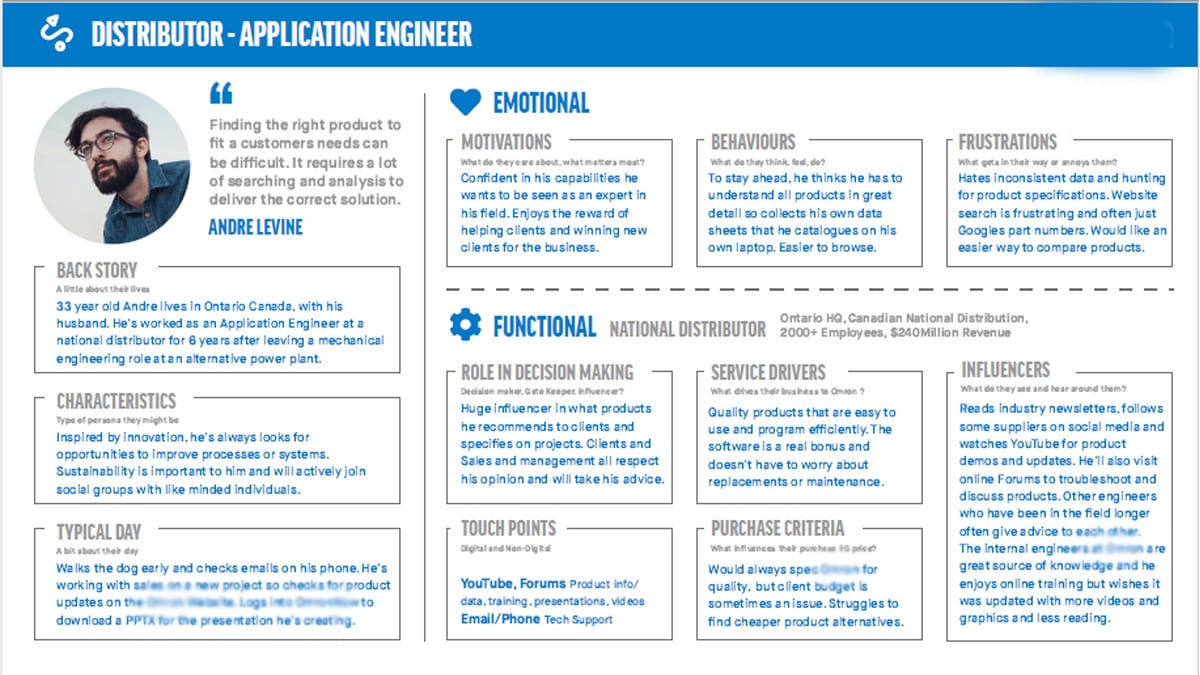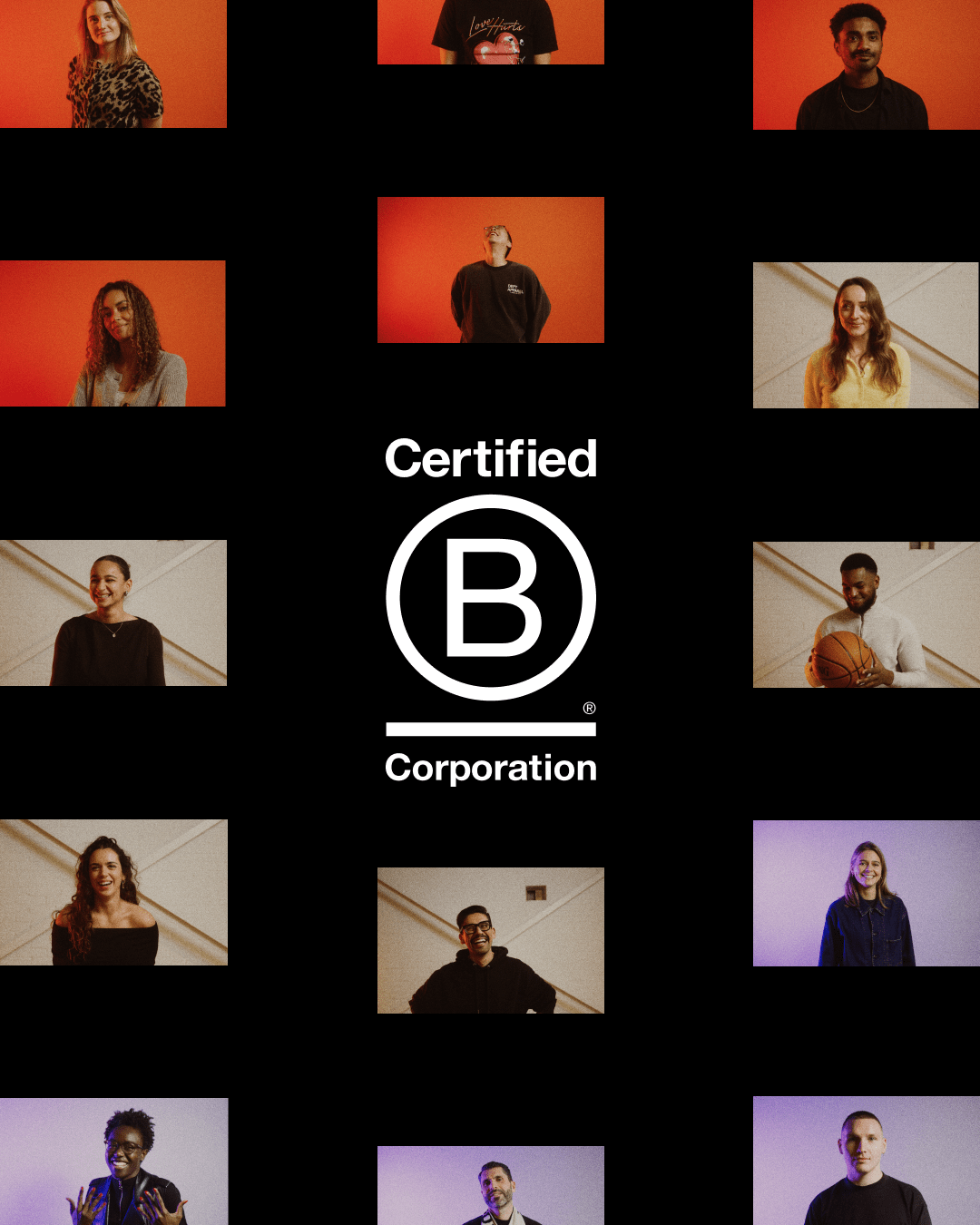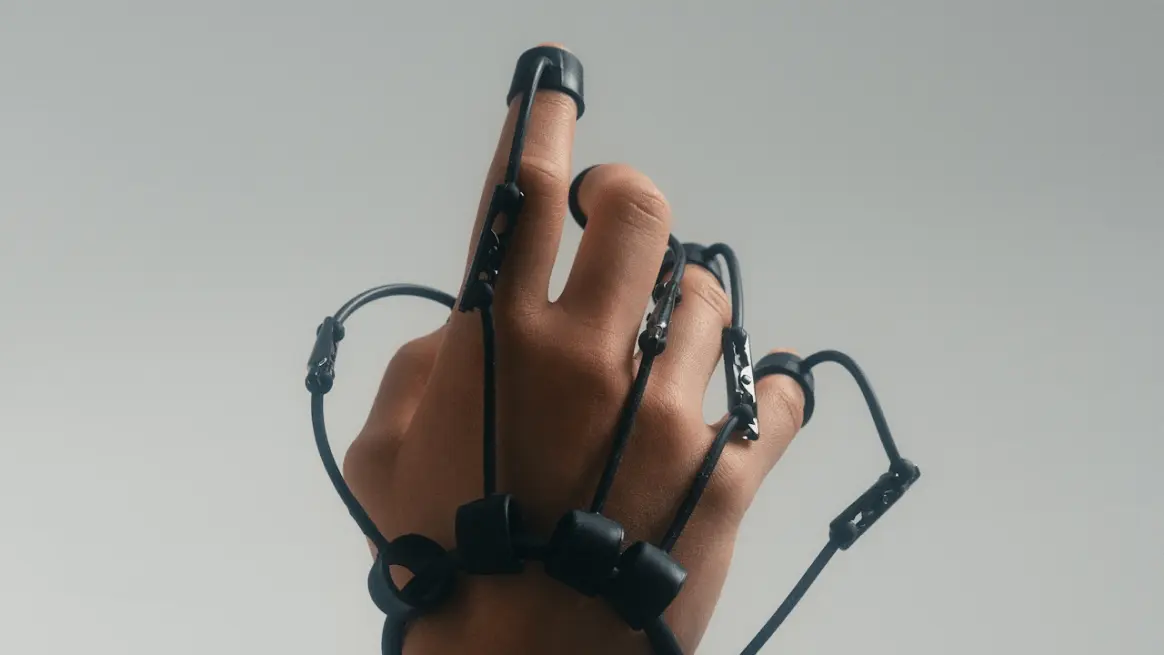How to tackle complex B2B customer journey mapping

B2B commerce can be a complex process. Buyers often face multiple layers of internal decision making involving several stakeholders, before instigating what can be a complex research and buying process. These dynamics make it increasingly difficult for customers to make purchases efficiently. In fact, 77% of B2B buyers described their latest purchase as “very complex” or “challenging” in a Gartner survey. Customer journey mapping is the route for B2B businesses to start guiding their customers to successfully finalising purchases. By fully understanding your customers’ unique needs, you can offer tailored solutions at every stage: problem identification; solution exploration; requirements building; supplier selection; validation, and consensus creation.
The process of drilling into customers’ interactions has become prolific in B2C for companies to strategically improve engagement and conversions. However, B2B customer journey mapping isn’t nearly as popular, and often gets missed by large international corporations who could benefit from the insights the most.
Customer journey mapping: a three step guide
As Lead UX Designer at DEPT®, I have led major research projects for our clients including St. James’s Place, Triumph and Omron. Here’s my handy 3-step guide for mapping B2B customer journeys:
#1 Start with discovery
Understand what happens in each department. How do they communicate? What tools do they use? How do they interact with customers? If they’re customer-facing, who’s behind the scenes? Run a series of workshops with a cross-section of people representing all areas of the business to flush out key details. If operating remotely, Miro is a great tool to facilitate collaborative working.
Focus on discovering information rather than solving problems at this stage and, once you have collected all the pain points, start thinking about how challenges can turn into opportunities. For example, if multiple departments have mentioned disjointed technology and issues with creating new accounts, make a note to explore single sign-on. Focus on internal infrastructure and processes, and how they fuel external experiences. Immerse yourself in the business as an employee and as a customer. Determine the goals for each type of customer and figure out the on and offline touchpoints to achieving them. Likewise, for new business prospects.
- Pro tip: Don’t underestimate how diverse a B2B customer base is. The more businesses understand the extent of their services and how products flow throughout the distribution chain to end users, the faster the discovery phase will run. Before researchers can even begin fieldwork speaking with customers, they need to have a general understanding of the journeys they usually take. Streamline this step by prepping information before by working with a UX consultant; jot down the types of people that use products and how their application differs. For example, a C-suite at a distributor centre will interact with business channels differently than an engineer at a heating and ventilation company.
#2 Conduct in-depth research
Gather quantitative and qualitative insights. Analyse the digital estate. Use heat mapping technology to examine user behaviour and review analytics to find out what pages are most popular. Run surveys to collect general feedback and narrow down a selection of people to speak with. Conduct one-on-one interviews and pilot a diary study with a dedicated group. Check-in regularly to find out how they’re interacting with the business and record all instances, whether that involves having a subpar experience with a sales representative or not being able to find a product online. Pay attention to customer expectations and how opinions vary per type.
The final phase is user testing. Log onto systems with the customer, have them take you through their journeys and explain what they like and dislike. Ask if they’ve seen better features within the industry and what would improve their experience. Highlight key points of frictions and if the software is also being used internally, observe if the frustrations are shared.
It’s time to create personas. In a D2C setting, personas zero in on the person; their backstory, motivations, behaviours, characteristics, emotional responses, daily routine and so on. Whereas in B2B, you map out their professional footprint. Outlining their role in decision making, how they fit into the business, touchpoints, and influencers.
- Pro tip: There is a misconception of cold, transactional interactions in the B2B world but throughout research, we observe a lot of close personal relationships. Business success is linked to customer success, so trust leads to a more productive business. Knowing your customers in a digital world can be an issue when people become numbers to a business. People buy from people; adding heart and personality into the process builds a human connection. When relationships run deep and employees turnover, the partnership can become much more transactional. Avoid this by having sales associates regularly log customer experiences and their touchpoints, digitally marking in-person meetings, social events, instant messaging platforms, emails, and calls. To get an overall satisfaction score, separate rankings for products and services to pinpoint where shortcomings may be arising.

DEPT® teamed up with Omron, a multinational manufacturer of automation components, equipment and systems, to conduct its largest customer research project to date. With the vision of becoming more customer-centric and digitally-enabled, the business was aiming to create a seamless cross-channel experience that drives market share growth. After gaining a deep understanding of how Omron operates, DEPT® led a phase of in-depth customer research. This involved analysing Omron’s technical estate, on and offline touchpoints, and speaking with people across all levels of the business from C-suite and director to inside and outside sales, as well as upwards of 130 customers.
#3 Journey mapping brings all of the insights together
Create a separate map for each main user group organised by their customer flow, starting with awareness and advancing through to loyalty. At each step give the persona a score. By comparing these maps, the business can easily view what customer groups thought of various aspects of the brand experience and how their responses coincide with each other. If one area has low scores across all customer types, such as the purchasing journey, you know that’s a critical area to change. Identifying overlapping problems and key areas for improvement is the biggest deliverable in B2B customer journey mapping.
It’s not enough to just highlight these areas for improvement, it’s also important to prioritise these learnings. Run another workshop with the business to plot each of these opportunities into sections, using a matrix to compare the ‘impact on customer journeys’ vs ‘effort to implement.’ Add another layer to clarify internal action points, for example, categorise:
- Tactical improvements where people and processes are already in place and it’s just a matter of getting the change off the ground running. These could be related to digital advertising or repurposing digital products that the company already owns.
- Operational changes require revamping internal processes or behaviours first before they can have a knock-on effect on the customer. For example, moving offline procedures online.
- Strategic ideas benefit the business and the customer in the long run. With large, international organisations this may require sign off from head office and new infrastructure that could be game-changing and grow market share.
Keep in mind some improvements, regardless of their category, will need to be complete before another can start. For instance updating product categorisation, descriptions, FAQs and help guides will need to run before personalisation can take full effect. After all of these opportunities have been allocated, collaboratively create a timeline that essentially solves all of the issues in the background and incrementally increases sales and customer satisfaction.
Continue to work with the client and their technology partners to bring solutions to fruition, ensuring the products delivered are in line with customer expectations.
Mapping the entire OMRON customer experience
DEPT® teamed up with Omron, a multinational manufacturer of automation components, equipment and systems, to conduct its largest customer research project to date. With the vision of becoming more customer-centric and digitally-enabled, the business was aiming to create a seamless cross-channel experience that drives market share growth. After gaining a deep understanding of how Omron operates, DEPT® led a phase of in-depth customer research. This involved analysing Omron’s technical estate, on and offline touchpoints, and speaking with people across all levels of the business from C-suite and director to inside and outside sales, as well as upwards of 130 customers.
More than 3,000 quantitative and qualitative insights were collected from internal teams, data analysis and customer search. We held 12 stakeholder workshops involving 45 people across the business from 12 departments. Our correspondence with customers produced over 30 hours of recorded video interviews and thousands of direct messages.
With this information, we created 8 new personas that fit into three key customer types: distributors, OEMs (Original equipment manufacturer) and system integrators, and end-users. DEPT® developed customer journey maps to help identify gaps and uncover opportunities relating to search solutions, product purchasing and customer care. A roadmap of improvements was created that would benefit the greatest number of customers. DEPT® is now continuing to work with Omron to bring these solutions forward.
Be ahead of the game
The B2B buying journey is no longer a linear process. With an increasing amount of resources and choices available digitally, it’s become less predictable and fiercely competitive. Buyers are more educated and the sales process begins not with an introduction, but with an assessment of how much the prospect already knows about you. Get ahead of the game by segmenting and drip-feeding relevant content at every stage.
Customer retention is no longer granted on legacy relationships alone. This new generation of digital-native buyers rewards innovative product improvement and unparalleled customer service with loyalty. And if you’re lagging behind the industry, they’re quick to jump to a more advanced solution. Throughout our research, we often hear purchasing and returning items should be a one-click-process, as seamless as Amazon, yet tends to involve several steps on and offline. Merging B2B and B2C customer experience has quickly become industry standard, and sets the groundwork for businesses looking to launch into new markets.
Customer journey mapping is the first step to better understanding your customers. Complex international organisations, in particular, can easily lose sight of the granular detail that’s having a big impact on end-users. Don’t let oversights hinder growth in the new digital reality. We’re here to help you get started; get in touch to discuss your business requirements.



